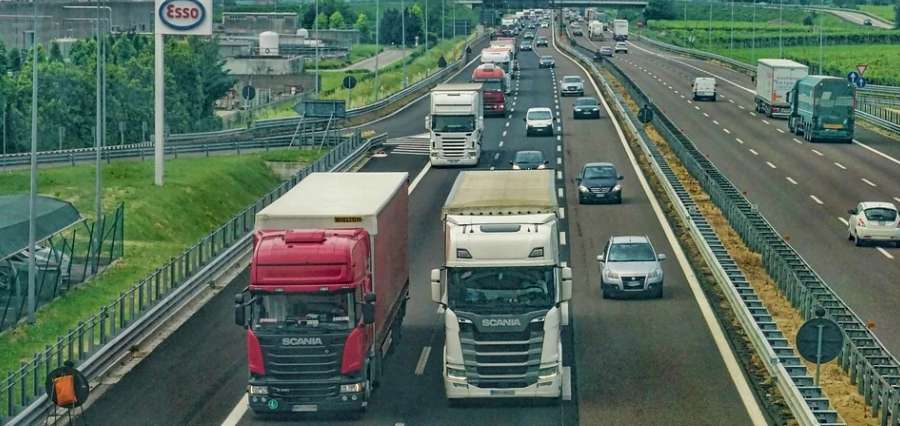If you are an owner of a company or work in the transportation industry, the chances are that your truck is one of your most valuable assets. This article will teach you how to track your truck.
Here are 6 important things to know about how To Track Your Truck before heading out on the open road.
1. The best way to track your truck is with a GPS that has a camera
The best way to track your truck is with a GPS that has a camera. This will allow you to monitor the areas that they are driving in and see any hazards that may lie ahead. A GPS with a camera is essential for those who operate large trucks, which can be difficult to maneuver and easy to lose control of if they’re on the road too long without rest. Because of this, vehicle tracking with the camera is one of the best ways to ensure the safety of your truck and driver. A camera can also act as proof of where your rig as if someone tries to say that it was somewhere else. A GPS with a camera is perfect for when you need something out on the road to be monitored and recorded.
2. You can also use a cell phone or internet software for this purpose
You may also be able to track your truck using the internet. Some carriers offer a website that will help you monitor your truck, and other websites will allow you to track it as well. This may be the preferred method if you need to track your vehicle from anywhere in the world, but it is also important to note that you will need a data plan for your phone.
3. If you are using the GPS, make sure to enter all of your destinations before heading out on the open road
This will allow the computer and GPS to do all of the work for you and track your truck as it drives from one place to another. This is a great option for those who need to know exactly where their truck is at all times and want it to be able to send notifications when it reaches a destination.
4. Once you have reached your destination, make sure to stop and turn off the engine so that it will register as being parked at an address
You should also make a note in a logbook about when it was parked and who has access to the parking location. This is where you store information about what trips were completed and where they went in case something happens to your vehicle. If you are not in charge of fixing your truck, it is also a good idea to find out if the mechanic who works on your vehicle can track where your truck goes.
5. Make sure to keep up with any changes in traffic patterns along the way
Make sure to keep up with any changes in traffic patterns along the way for tracking your truck. One of the most important things to consider is whether or not you are going to be able to locate your vehicle if it gets lost. This is usually up to whoever is responsible for that area, so make sure they know what you’re doing and whether they’ll help you find it. Also, keep in mind that construction zones and accidents may cause delays in getting where you need to be.
6. Check regularly for updates from other drivers about their location if they’re following behind you or waiting
One of the most important things to check is how often other drivers are updating their locations. Beyond this, you might want to know if they’re waiting for traffic to clear up before taking an exit or if they’re following behind you. Knowing these things can help you make more informed decisions and plan your routes accordingly.
Tracking your truck is easy if you know what to do. GPS tracking with a camera is perfect for keeping tabs on your rig, especially when you’re miles away from home. However, make sure you know who’s responsible for where your truck goes and that they can track it if it gets lost. Enter all trips before driving onto the open road so the GPS can direct you. Turn off your engine when parking to log a trip. Make sure other drivers are updating their location regularly to keep tabs on them. Keep checking up on traffic conditions as well to stay informed and make safer decisions while driving!


